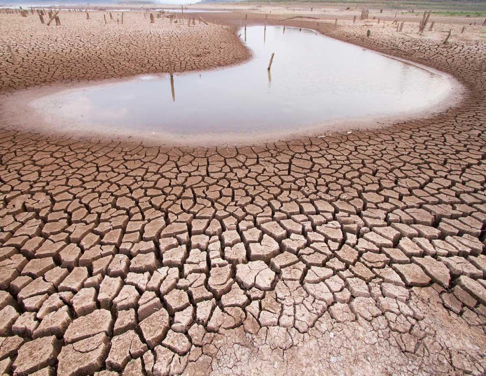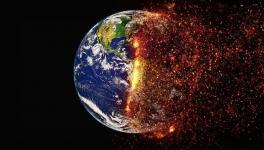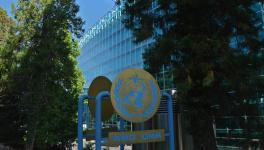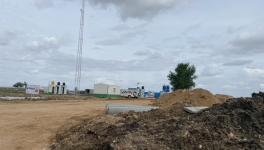Global Warming can Cause Famine Worse than 1876: Study Reveals

The most devastating drought in the last 800 years and how it led to global famine has been analysed thoroughly in a recent study. The great drought that lasted from 1875 to 1878 engulfed Asia, Brazil and Africa and took some 50 million lives. The environmental factors that were responsible for the drought have been analysed thoroughly on a global scale, for the first time in the study. Scientists who conducted the study warn that the current trend of global warming could make a drought that can be even more severe.
In the study, Deepti Singh of Washington State University, Vancouver (US), and her colleagues demonstrated the severity of the drought and how it evolved across different regions. They also analysed the mechanisms that led to the persistence of the drought for several years.
“Climatic conditions that caused the Great Drought and Global Famine arose from natural variability, and their recurrence, with hydrological impacts intensified by global warming, could again potentially undermine global food security”—describes the paper published in the “Journal of climate”. The paper comes at a time when the IPCC report predicts that by 2040, the rising temperature will bring about more frequent wildfires and food shortages.
The great drought of the late 19th century was not one but a series of droughts starting with the failure monsoon in India in 1875. The drought continued and East Asia witnessed it in the spring of 1876. This was followed by droughts in parts of South Africa, northern Africa and northeastern Brazil. The drought resulted in a global famine with Asia having the highest number of reported famine victims.
‘Warmer Climate can Cause More Intense Drought’
In a conversation with Newsclick, Deepti Singh told, “The great drought was mainly driven by natural climate variability.” But her message carries a warning for future—“Since the event was caused by natural climate variability, we can certainly expect it to occur again. Extreme El Nino events, such as the one that caused these droughts, are projected to become more frequent with global warming. In addition, we understand that warmer temperatures make droughts more severe. Therefore, we could expect that the occurrence of such conditions in a warmer climate might lead to more intense droughts,” she said.
Multiple sources of data—like rain gauges and tree-ring drought atlases along with multiple datasets of past climatic conditions were used in the study. Rain gauge and the tree-ring drought atlases provide the opportunity of analysing paleoclimatic drought situations. This enables a researcher to go back to climatic conditions that prevailed some 500- 800 years ago, respectively.
Triggers of Drought
The climatic factors that can be attributed as the causes of the drought suggested by the study include—the strongest ever El Niño events, which was followed by irregular but recurring periods of warm water in the tropical Pacific Ocean. This, in turn, created a warmer temperature to build up over the North Atlantic Ocean. Also, the strongest known Indian Ocean dipole was a hallmark of the then climatic conditions. The dipole of Indian Ocean means an extreme temperature difference between warm waters in the west and in cool water in the east. These triggered the dreaded droughts across Brazil and Australia.
Because the disaster was induced by natural variations in sea surface temperatures, similar global phenomenon could occur again. Rising greenhouse concentrations and global warming are supposed to create even more intense El Niño events in future. In such a scenario, wide spread droughts can become even more disastrous.
Co-author of the paper Mike Davis, of University of California, Riverside (US), in his book “Late Victorian Holocausts: El Niño Famines and the Making of the Third World” had earlier explored the impact of colonialism during the Great Famine. Davis analysed the Indian famine under the British Raj where 15 million people died. He characterised it as “colonial genocide”. The British colonialists were hoarding and exporting grains from India. These kind of activities made the economically weaker section of the population more vulnerable.
Despite its global impact, the great drought has seen very few analyses and Singh’s study is the first global-scale analysis about the climatic conditions that gave rise to this great humanitarian disaster. She also commented on the socio-political factors that will affect the global food system. Local food insecurity in vulnerable countries, according to her, will be amplified due to the current global food network which is highly connected.
Get the latest reports & analysis with people's perspective on Protests, movements & deep analytical videos, discussions of the current affairs in your Telegram app. Subscribe to NewsClick's Telegram channel & get Real-Time updates on stories, as they get published on our website.
























